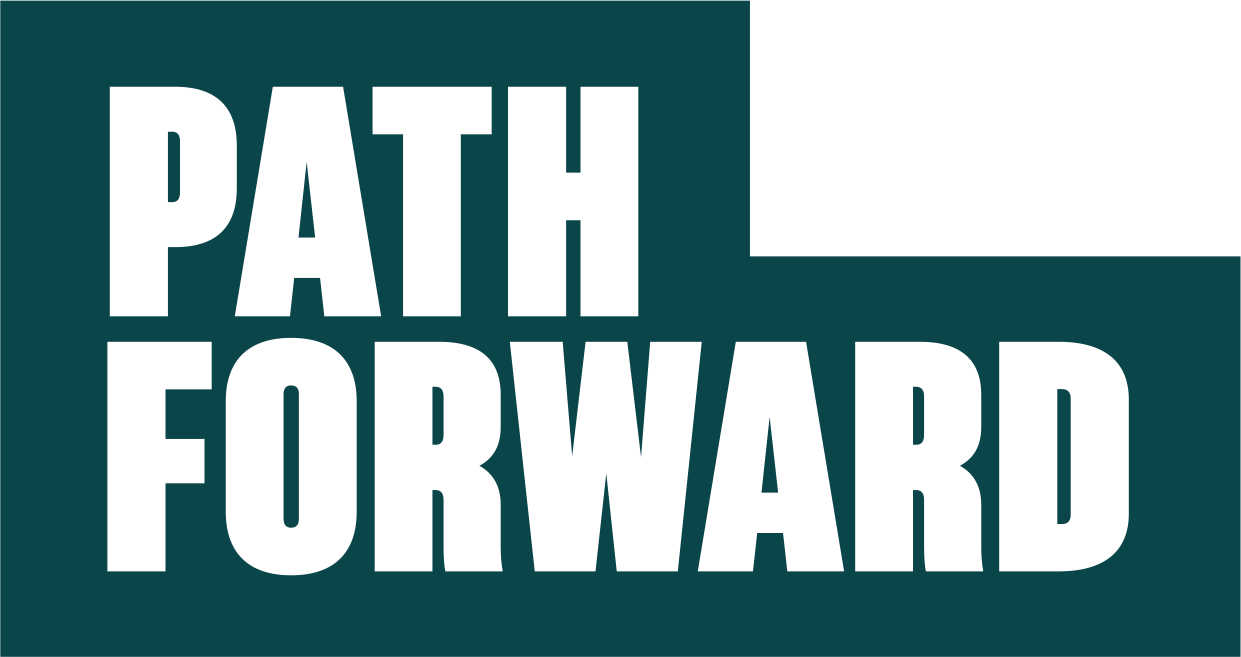What is coaching, anyway?
Seems every third person you meet calls himself a “coach.” Most likely, he's not. In fact, I bet you don’t really understand what “coaching” is. There, I’ve thrown down the gauntlet.Real coaching is powerful. It produces an ROI of roughly 6 times what it costs the company, according to a number of studies of firms that have hired coaches for their execs. The CEO of Home Depot once said,
“I absolutely believe that people, unless coached, never reach their maximum capabilities.”
And yet, most business people don’t get it. They think coaching is about getting people to do stuff. It isn’t.Coaching is not about compliance. It’s about fostering commitment: It’s about tapping into the natural desires that live inside all your employees (though perhaps so far inside as to be invisible, for some employees). Desires like:
- I want to be good — maybe even great — at what I do
- I want to feel creative while doing it
- I want the satisfaction of reaching the goals I set for myself
- I want to feel the joy of being part of a team striving toward a common goal
- I want the fulfillment I get from being of service — to colleagues, clients, the entire organization, the planet
A coaching approach seeks to build on these natural desires inside me. And when that happens, I’m committed to my success at this job. Leadership guru Peter Senge says, “90% of the time, what passes for commitment is merely compliance. But the truly committed can accomplish the seemingly impossible” … because the truly committed are sustainably 1) more effective and 2) more fulfilled. And thus more productive.
Most people think coaching is about getting people to do stuff. It isn't.
Yet, giving up the focus on compliance is one of the hardest lessons to learn. Last year a client – head of HR of a $100 million company — come to me to learn how to coach. It took several sessions for her to stop asking the question, “Okay, how do I make this guy change his behavior?”Of course, there are times when, as a manager, you have to get people to change their behavior NOW. But if you’re doing that with threats (I mean … ”consequences”) or bribes (I mean … ”incentives”) — don’t make the mistake of calling that “coaching.” It might produce short-term behavior change, but it won't fuel commitment, so it won't be sustainable.I hear you objecting: “Wait, what about setting standards? What about high expectations?” Yes, of course. “People grow best when they consistently experience an ingenious blend of support and challenge; the rest is commentary.” So says one of my favorite geniuses, psychologist Robert Kegan out of Harvard.But the employee has to own those expectations — not see them as carrots and sticks — if you want her to also own a sustainable motivation to achieve them. Or you can just keep offering carrots and sticks, forever. It’s your choice.Remember what originally stood between the carrot and the stick? A jackass.
YOUR PATH FORWARD: Take a coaching approach to an employee who either 1)is in performance trouble, or 2) seeks a promotion or a greater set of challenges.Schedule a series of conversations with that employee in which he or she, in partnership with you:
- clarifies objectives for his own growth
- creates a plan of action to achieve those objectives
- works the plan with the aid of your support and challenge
